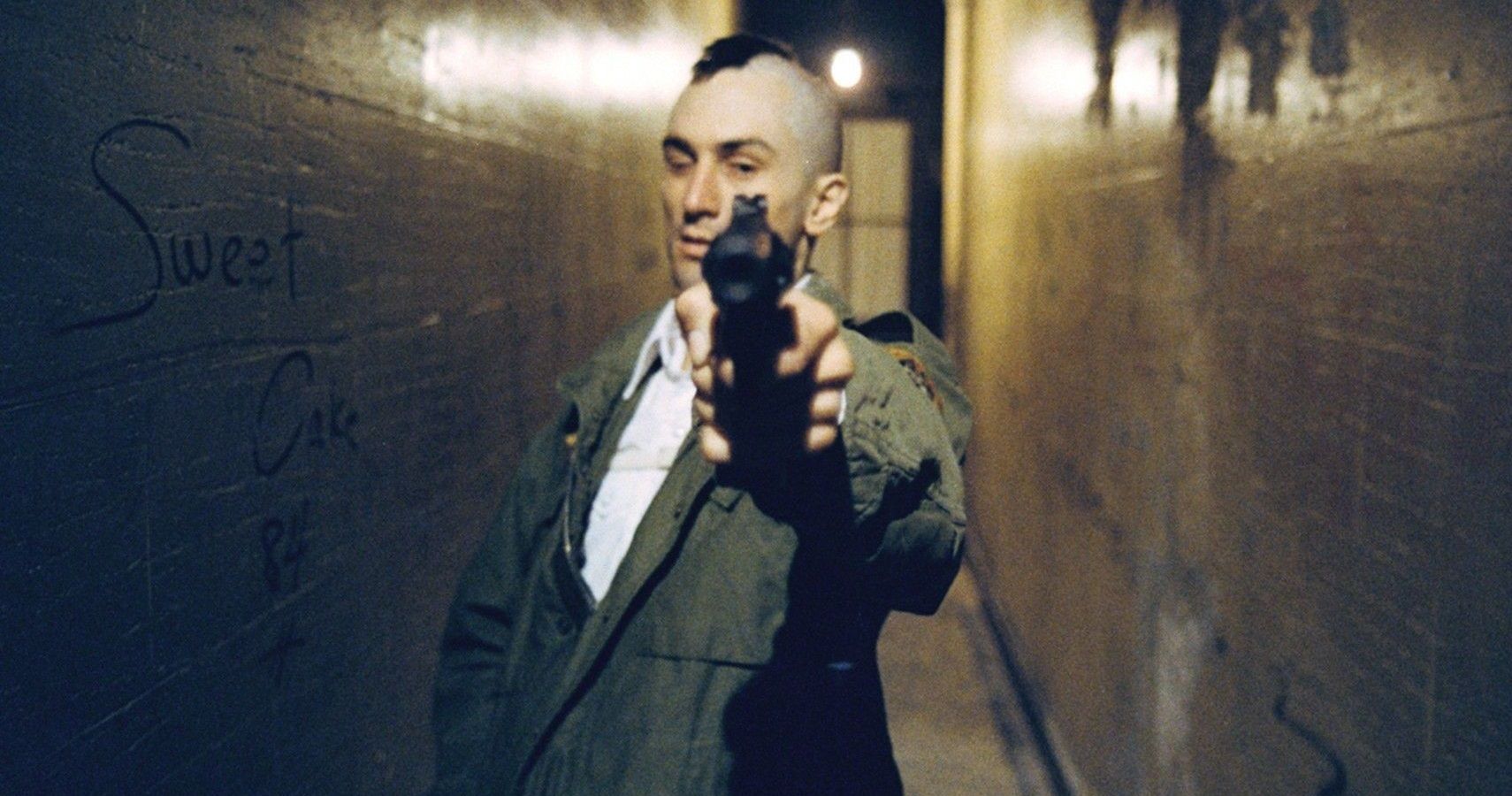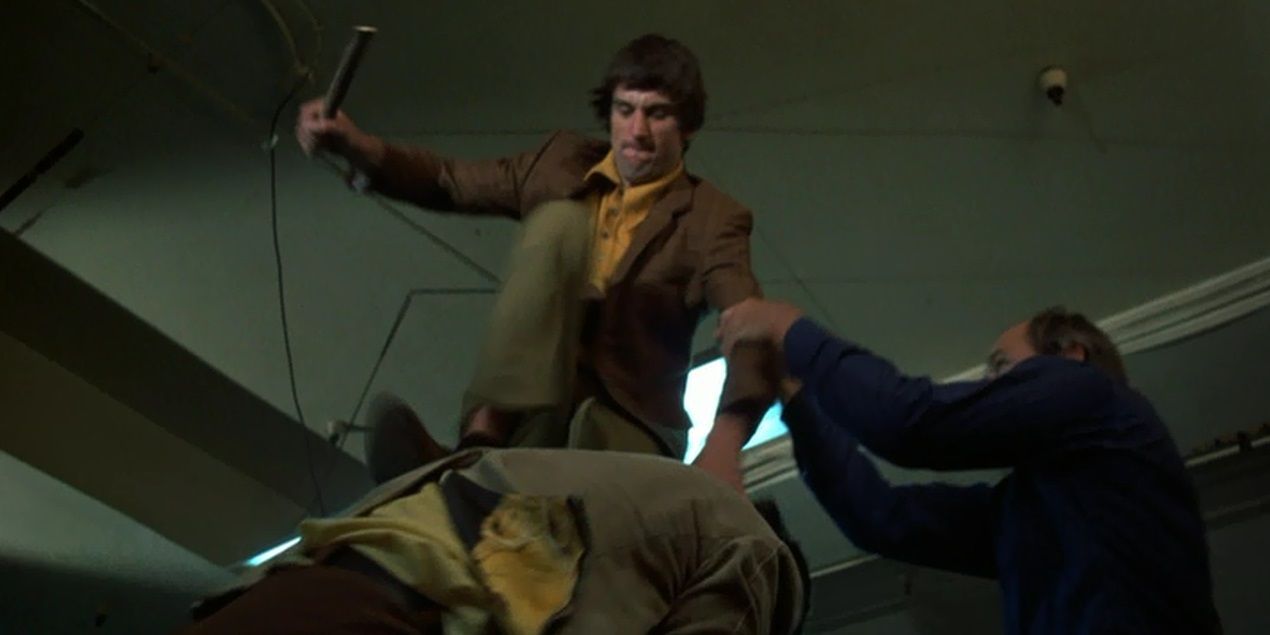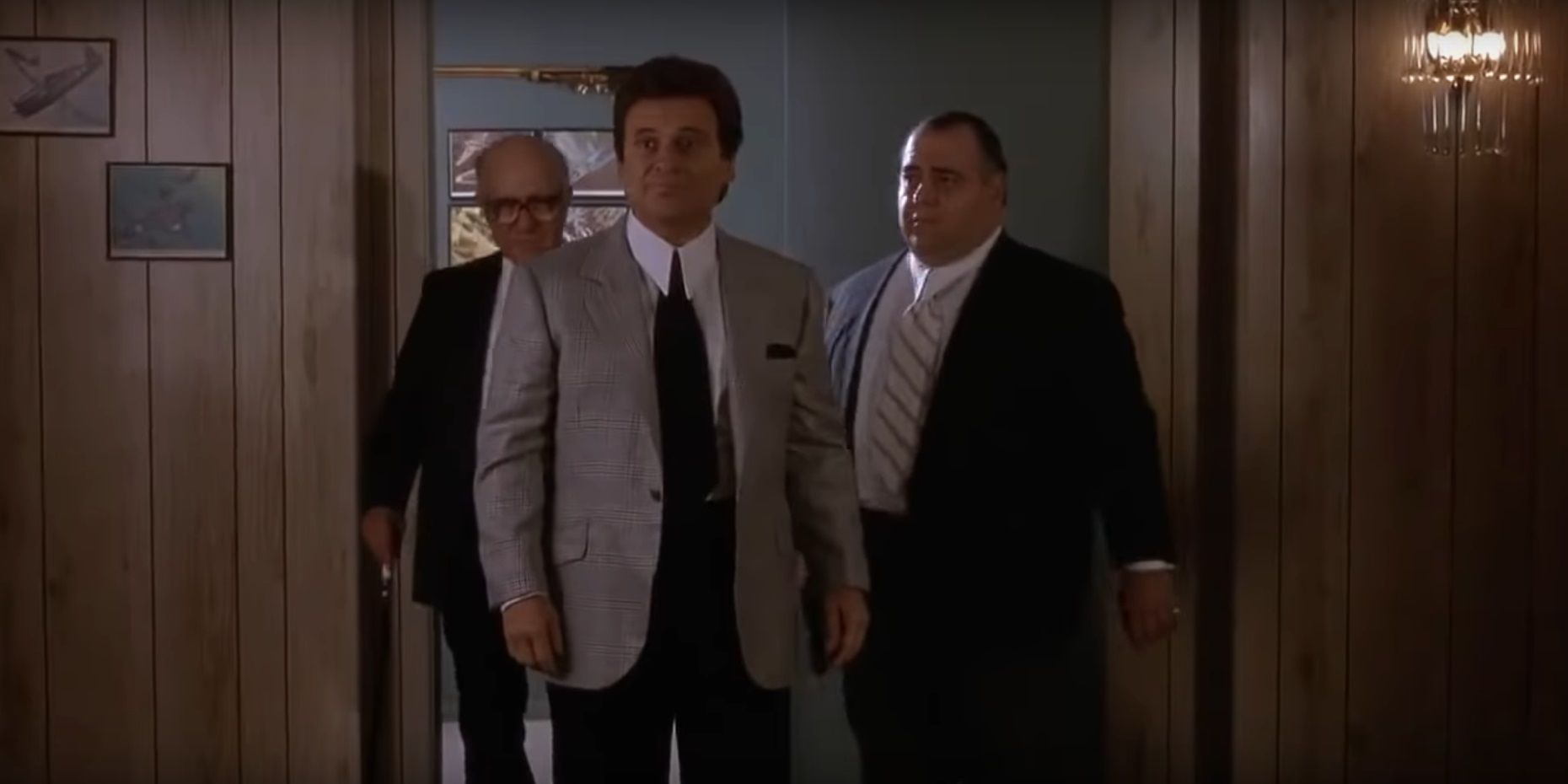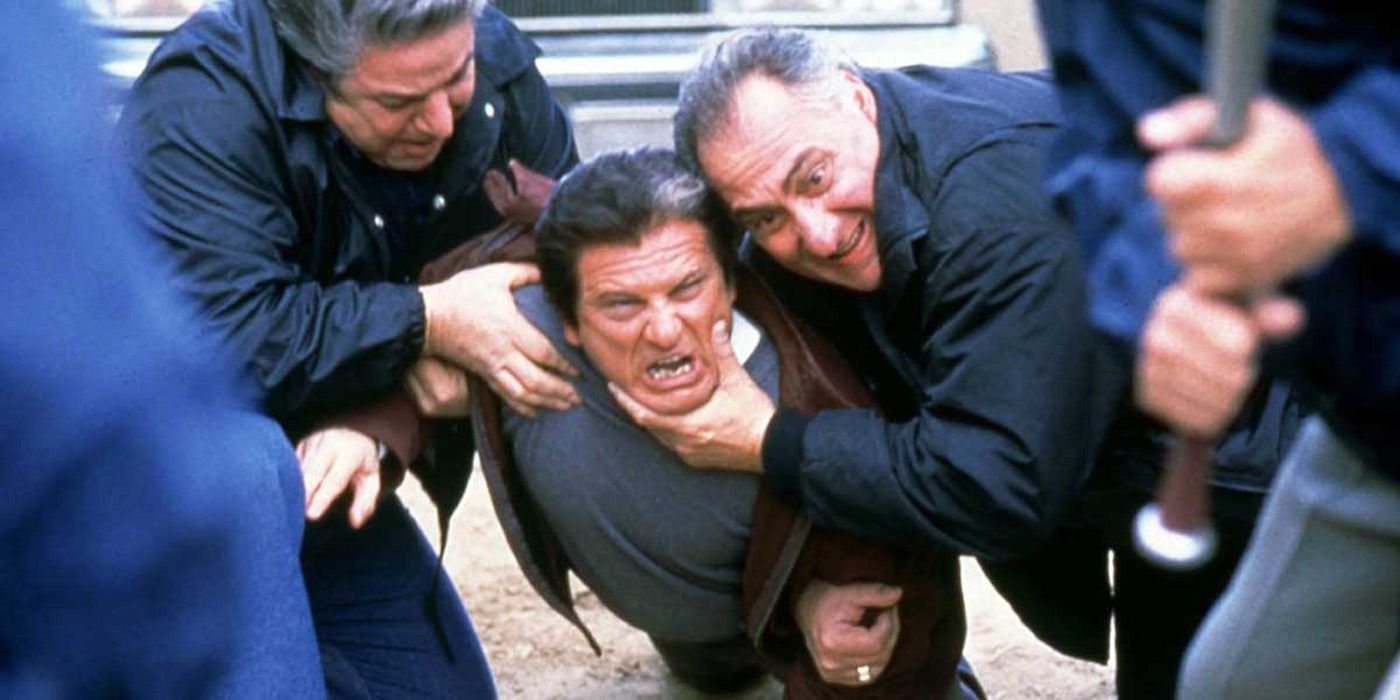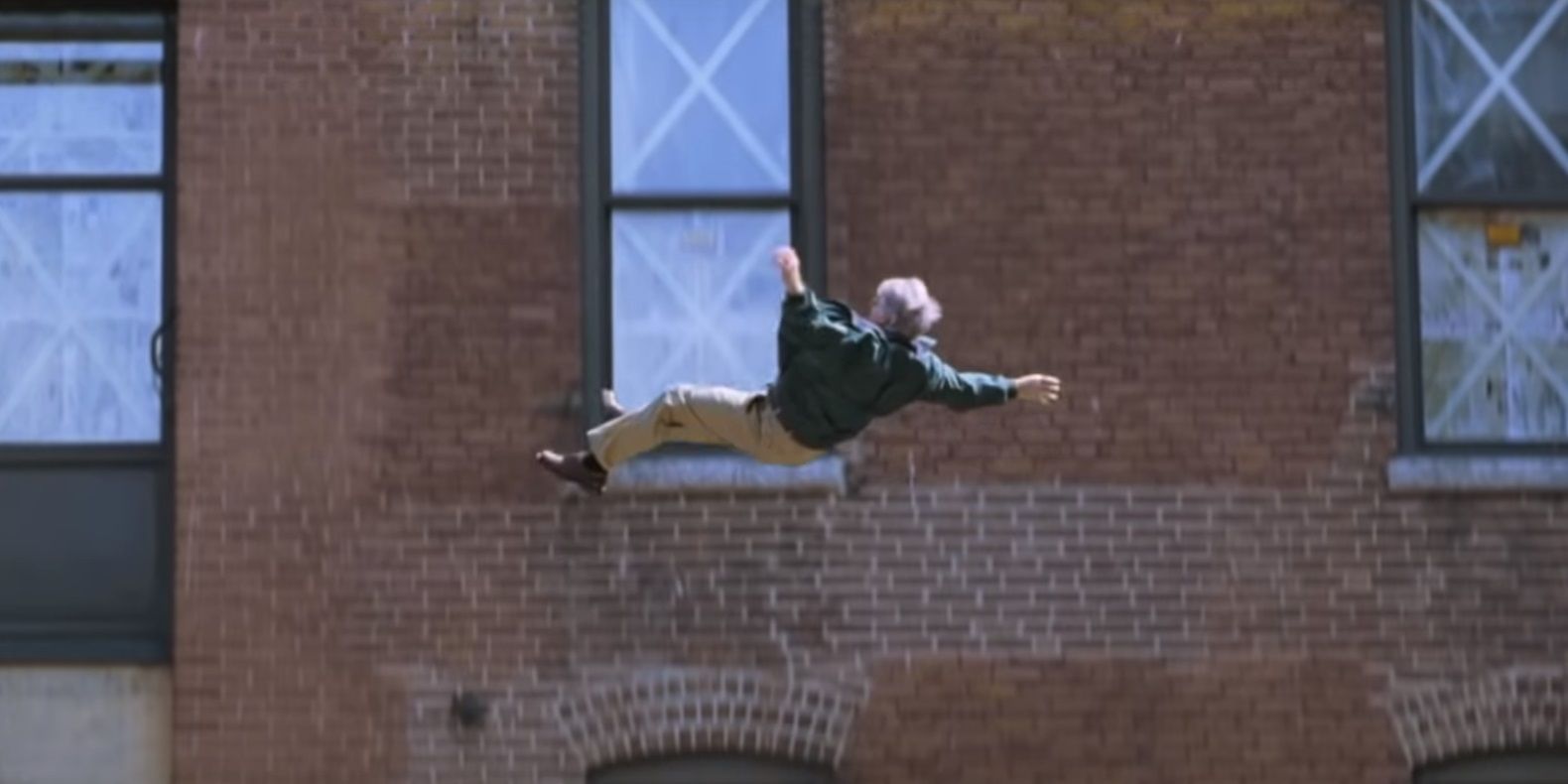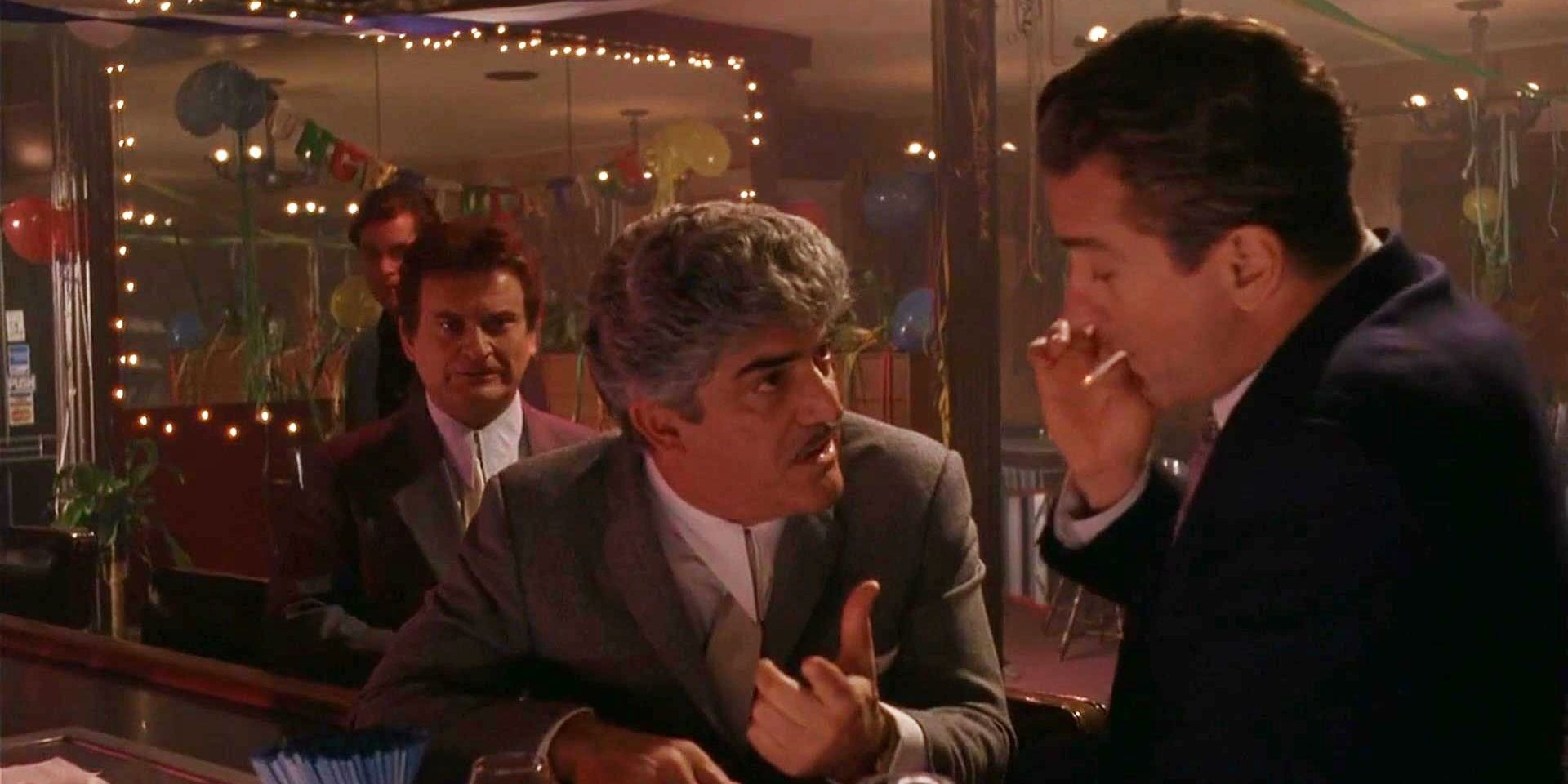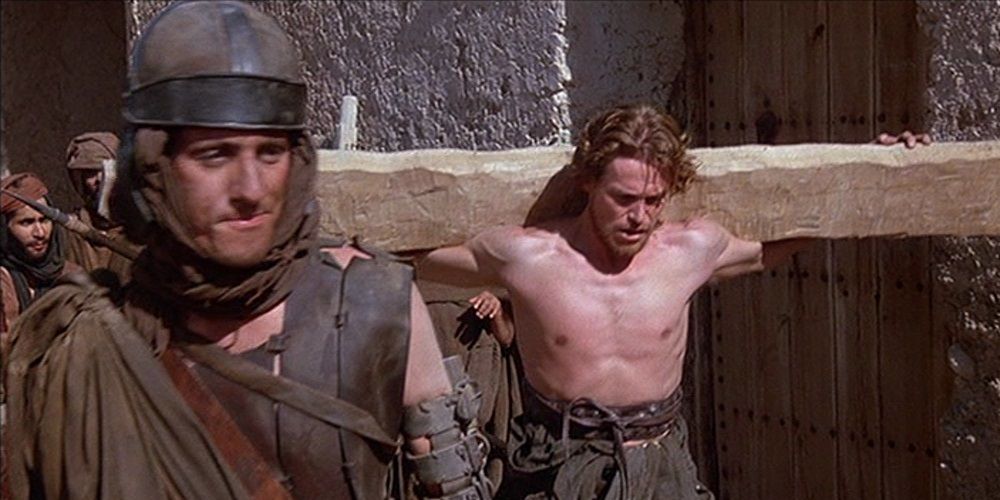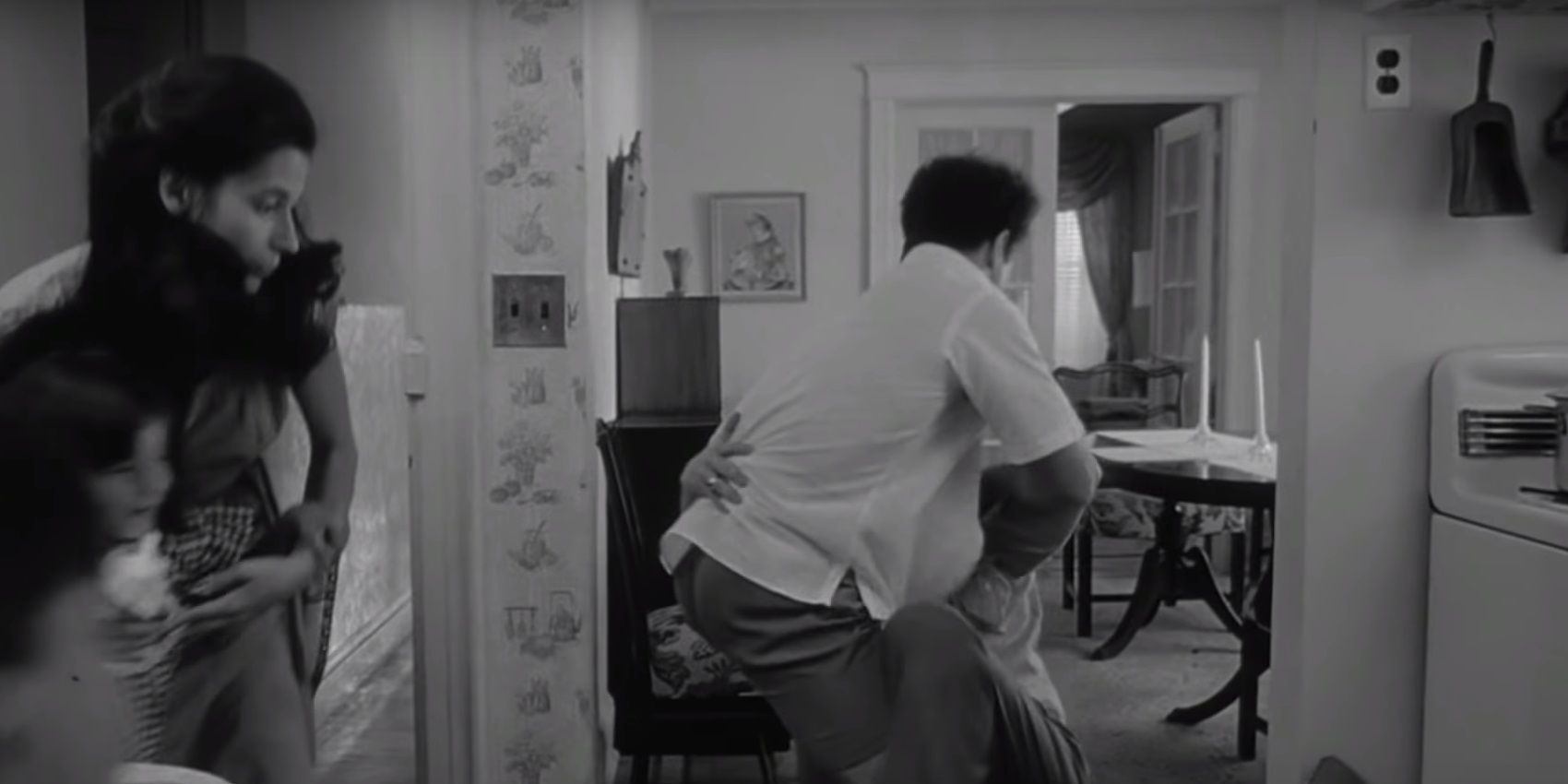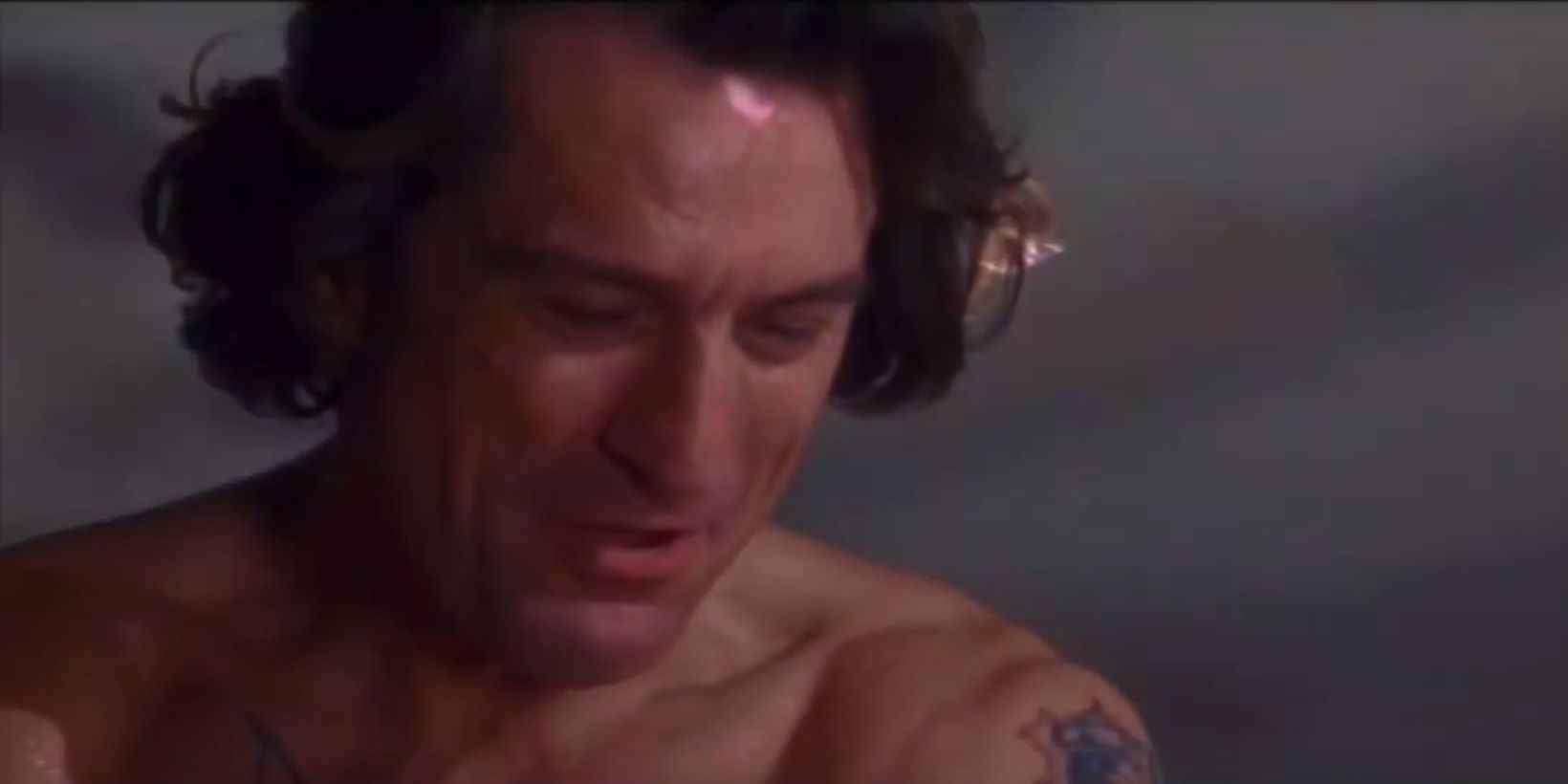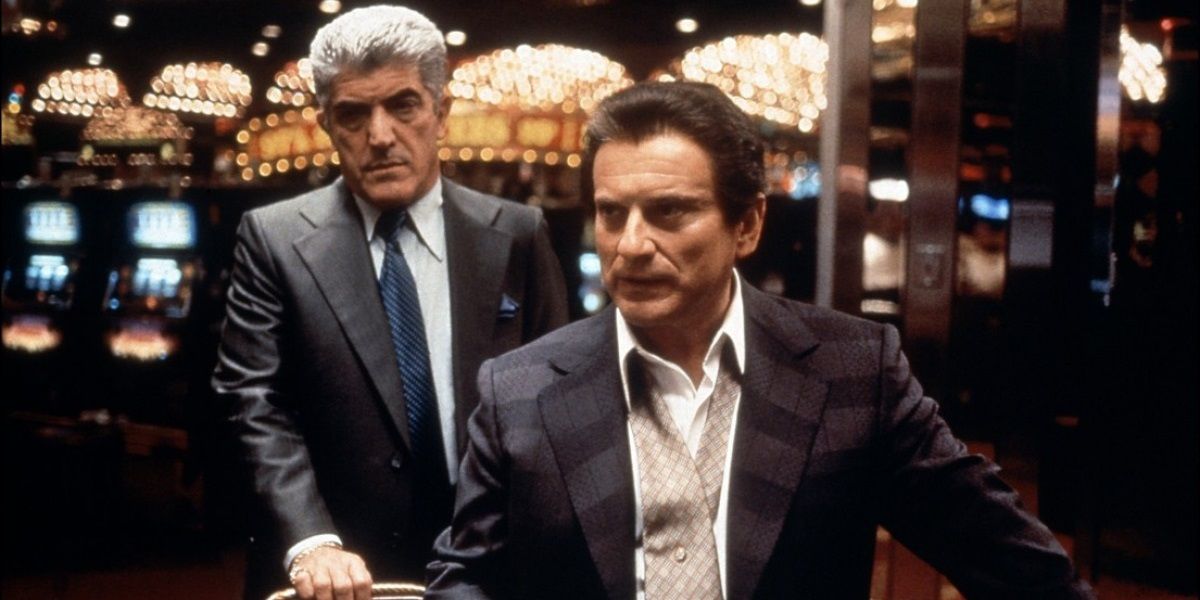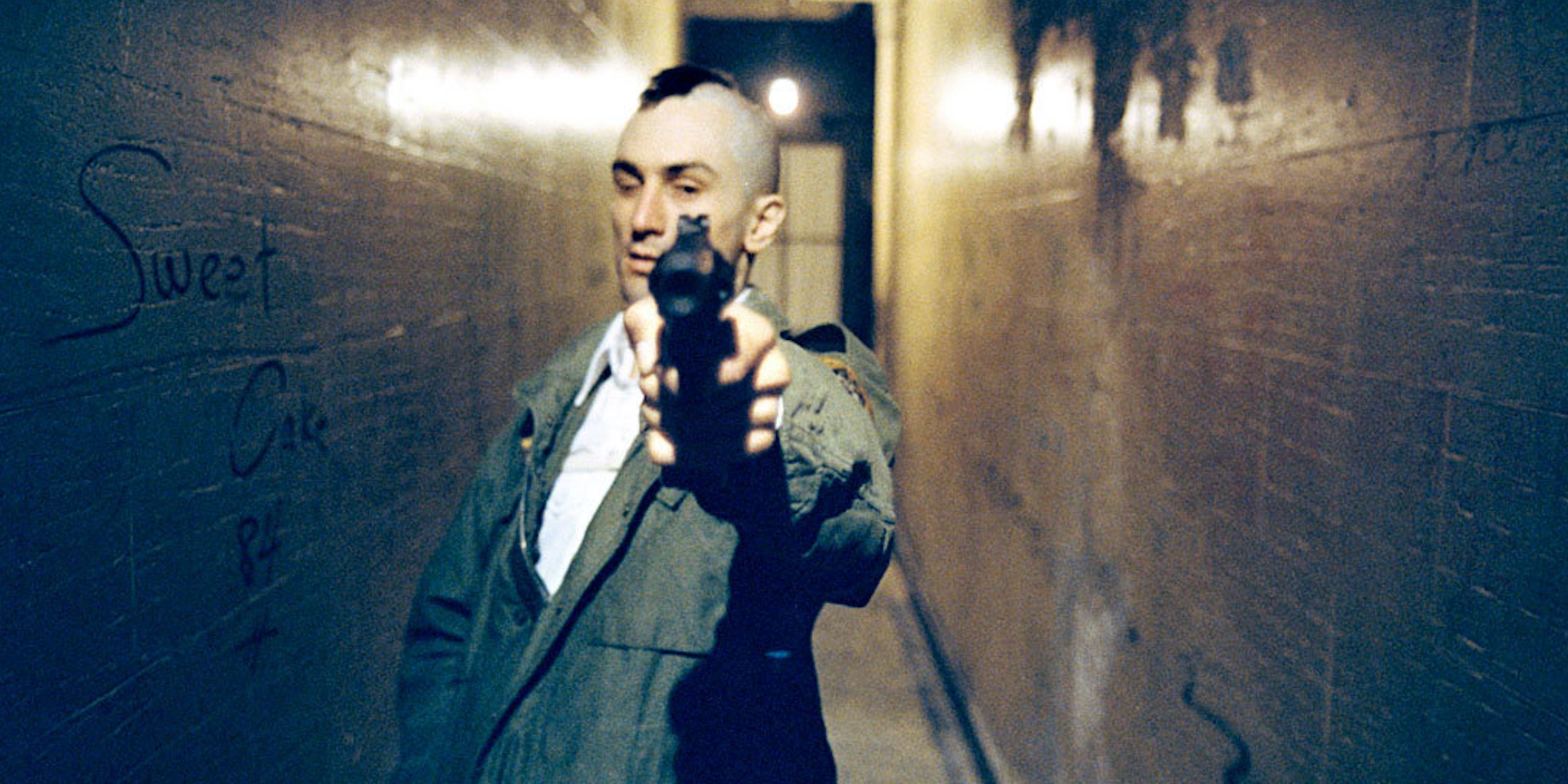Out of Martin Scorsese’s many directorial trademarks — freeze frames, long tracking shots, pairing each scene with the perfect musical accompaniment etc. — the most prominent is his depiction of violence. Whether he’s dealing with a gangster or a boxer or a cab driver who returns from the Vietnam War and takes the law into his own hands, violence is a common theme in Scorsese’s movies.
Scorsese rarely utilizes violence excessively. If there’s violence in one of his movies, it’s either crucial to the plot or it serves the film’s message in warning against a life of crime. So, here are the 10 most violent scenes from Scorsese’s filmography.
The Pool Hall Fight (Mean Streets)
How do you up the stakes of a fight sequence between two characters? You shoot a fight sequence where a bunch of characters fight a bunch of different characters.
In his breakout hit Mean Streets — the first of several Scorsese films that would go on to be hailed among the greatest movies ever made — Scorsese followed a massive brawl around a pool hall.
Tommy Gets Whacked (Goodfellas)
Tommy DeVito rejoices when he finds out he’s becoming a made man, but Henry Hill’s voiceover narration prepares us for something much more sinister as Tommy is escorted up some stairs into the building where his initiation is supposedly taking place.
As he enters the room and finds it empty, Tommy has a split-second to realize that he’s not getting made, but whacked instead, before he’s shot to death. His corpse slumps face-first onto the floor as blood gushes out of his head.
Nicky Is Buried Alive (Casino)
Although it was criticized for emulating a lot of what worked in Goodfellas and not breaking enough new ground, Casino is a fantastic example of a Scorsese-helmed crime film.
Toward the end of this three-hour epic, Joe Pesci’s character Nicky Santoro is forced to watch his brother get beaten to death before being buried alive with him in a shallow grave.
Queenan Is Thrown Off A Roof (The Departed)
Martin Sheen’s police captain Queenan is one of the sweetest, most good-hearted characters in The Departed. Most of the characters who die in the movie deserve their fate, either because they were corrupt law enforcement officers or simply because they were evil.
But Queenan is the nicest guy ever, and he throws himself on Frank Costello’s sword to protect Billy Costigan. Costello’s goons throw Queenan off the roof of a building, and he splatters right in front of Costigan as he leaves the same building.
Jimmy And Tommy Kick Billy Batts Half To Death (Goodfellas)
Tommy DeVito seals his fate when he and Jimmy Conway start beating Billy Batts to death. Batts is a made guy, so killing him is strictly forbidden by Mafia code. But he made fun of Tommy for shining shoes when he was kid, and as a violent hothead, Tommy couldn’t let that go.
Donovan’s “Atlantis” paired perfectly with the low-angle shots of Tommy and Jimmy kicking Batts to death. At least, they think he’s dead, but when he starts banging on the trunk of the car, they realize they haven’t quite finished him off yet.
Jesus’ Crucifixion (The Last Temptation Of Christ)
Catholicism has been a running theme throughout Martin Scorsese’s filmography. He was raised Catholic and his protagonists often suffer from Catholic guilt. In this regard, Jesus Christ is the ultimate Scorsese protagonist.
Adapted from the fictionalized novel of the same name instead of the actual Bible, The Last Temptation of Christ is one of Scorsese’s underrated gems. The crucifixion scene is beautifully cinematic, and also gruesomely bloody.
Jake LaMotta Beats Up Joey And Vikki (Raging Bull)
All of Scorsese’s biopics have focused heavily on their subject’s Achilles’ heel. In Goodfellas, it’s Henry Hill’s drug addiction. In The Wolf of Wall Street, it’s Jordan Belfort’s greed. And in Raging Bull, it’s Jake LaMotta’s jealousy. His incessant suspicion that his wife Vikki is cheating on him ironically drives her into the arms of other men.
When he finds out she cheated on him with his brother Joey, Jake mercilessly beats her and then marches across town to his brother’s house to beat him up, too, in front of his young children.
Max Cady Attacks Lori Davis (Cape Fear)
Before Max Cady goes after public defender Sam Bowden and his family, he picks up Bowden’s colleague Lori Davis at a bar. When they get back to her place, he viciously attacks her.
Scorsese rarely stylizes the violence in his movies, instead opting for more gritty realism, but Cape Fear is a more traditional Hollywood thriller, with more traditional Hollywood violence.
Head In A Vice (Casino)
Martin Scorsese’s use of violence is often bleak and sobering. He couldn’t be accused of glorifying violence or endorsing a violent lifestyle, because things always end horribly for the people who commit violent acts in his movies. His crime films are cautionary tales. However, his depiction of violence is still widely criticized, because it can often be so graphic and gruesome that it makes audiences queasy.
A prime example of this can be seen in Casino, when a man’s head is compressed in a table vice. What’s even more horrifying is that this scene was inspired by a real-life altercation in which mob enforcers Charles Nicoletti and Anthony Spilotro tortured Billy McCarthy for information about his accomplices.
The Climactic Shootout (Taxi Driver)
There’s an old Hollywood legend (that may or may not be true) that studio executives forced Martin Scorsese to cut Taxi Driver’s bloody climactic shootout, and the director spent the night contemplating killing the studio head. Scorsese’s director friends supposedly spent the night reasoning with him, and he decided not to go through with it when he came up with the idea to desaturate the colors.
With desaturated reds, the MPAA gave the movie an R rating and Scorsese got to keep his ultraviolent finale. The desaturated palette ended up providing a perfect visual metaphor for the unsettling corruption of Travis Bickle’s soul.

